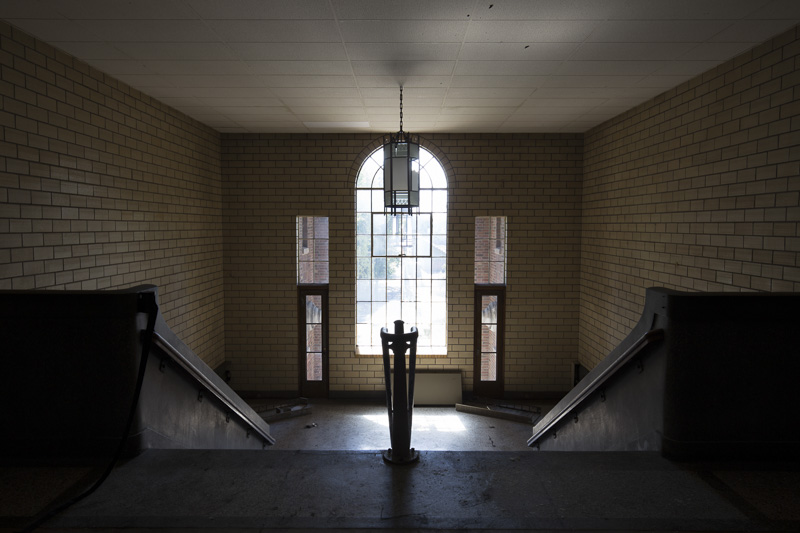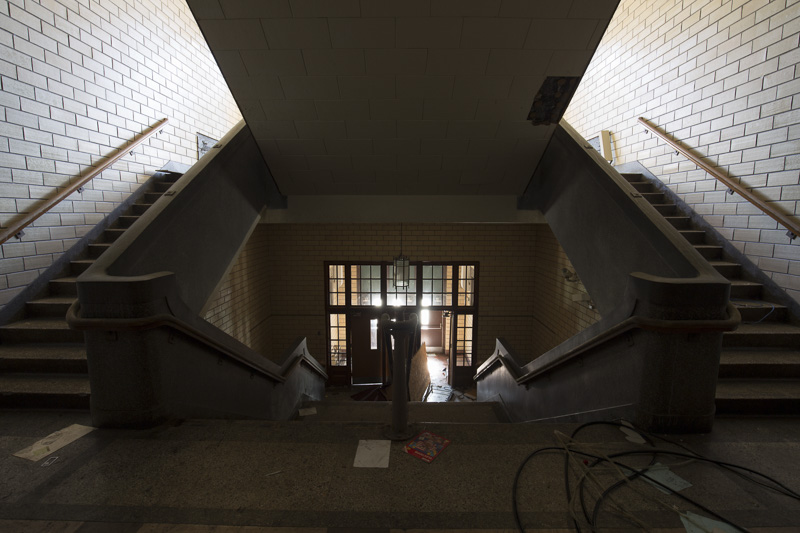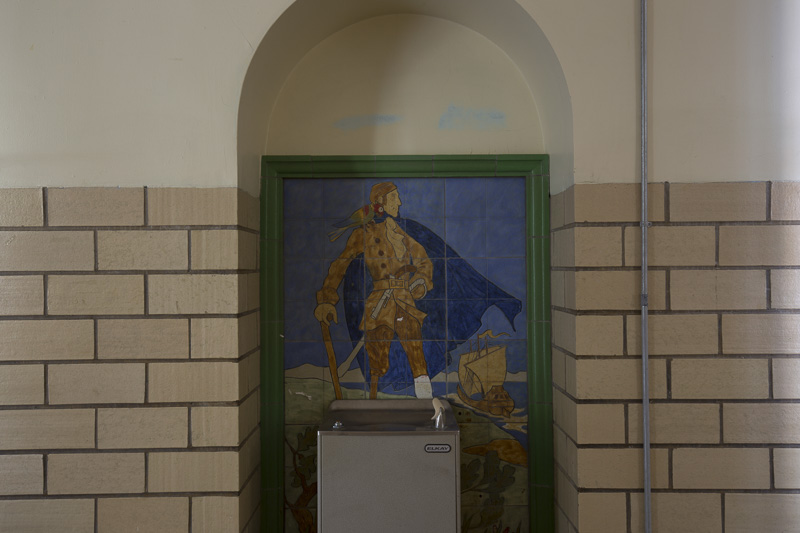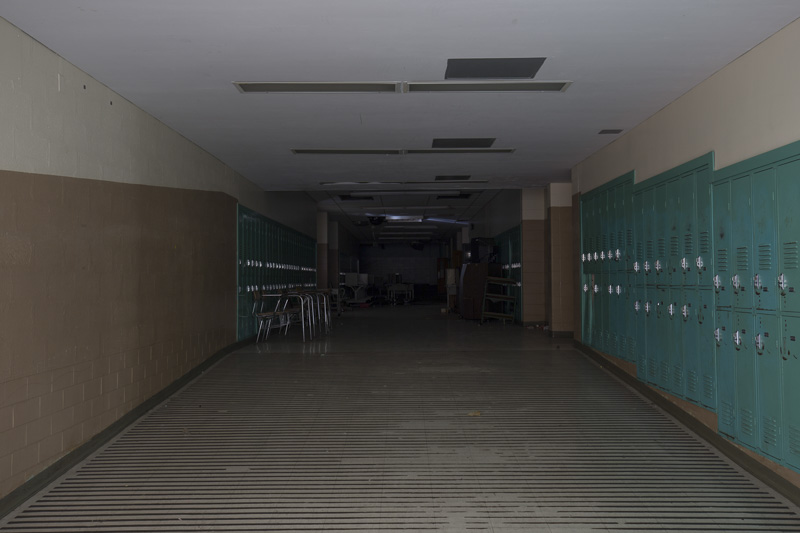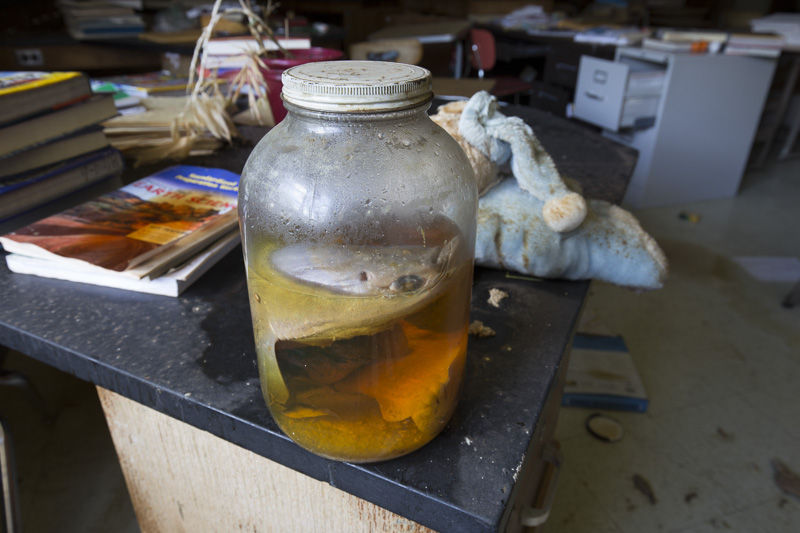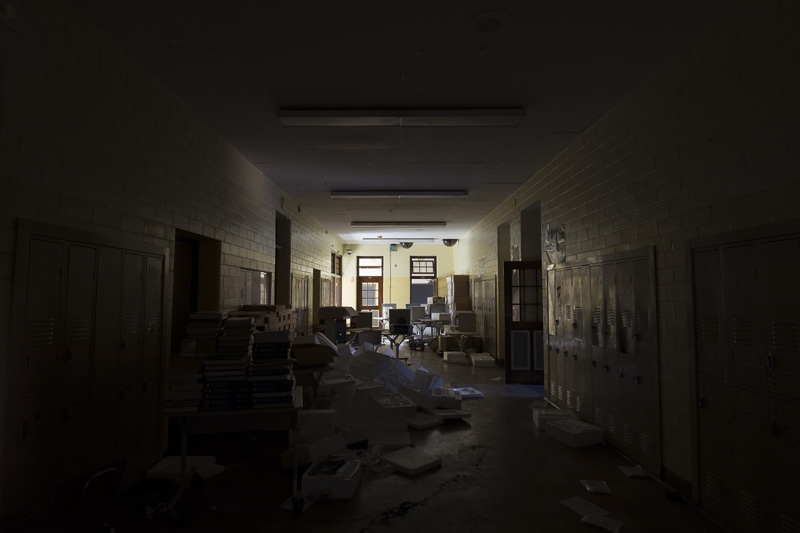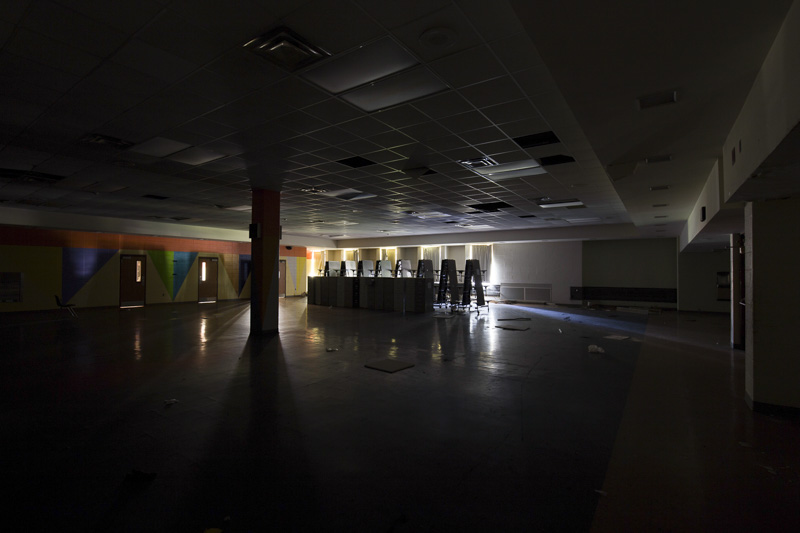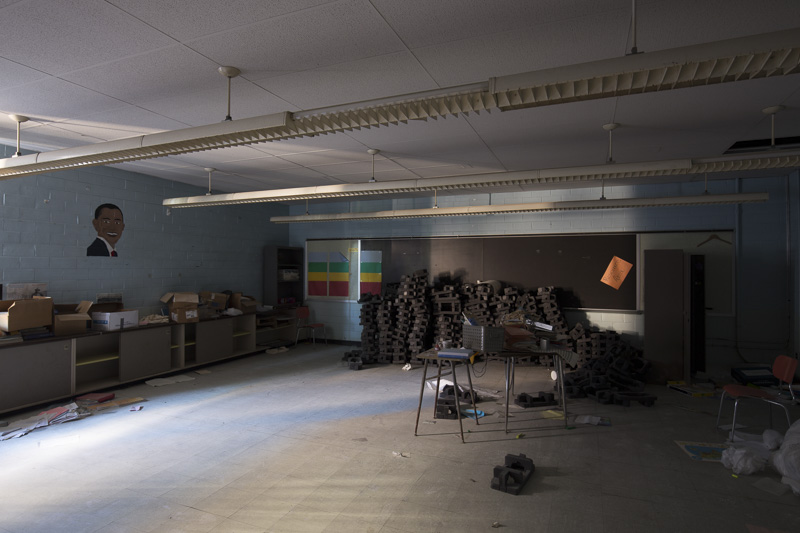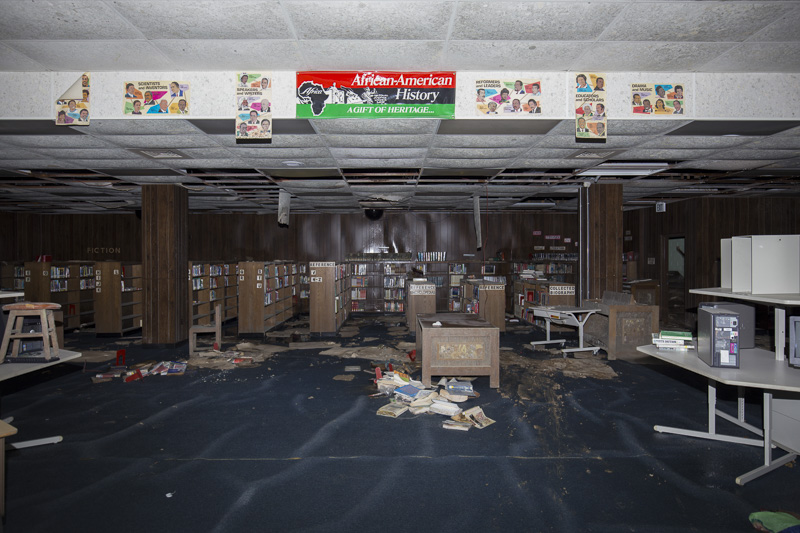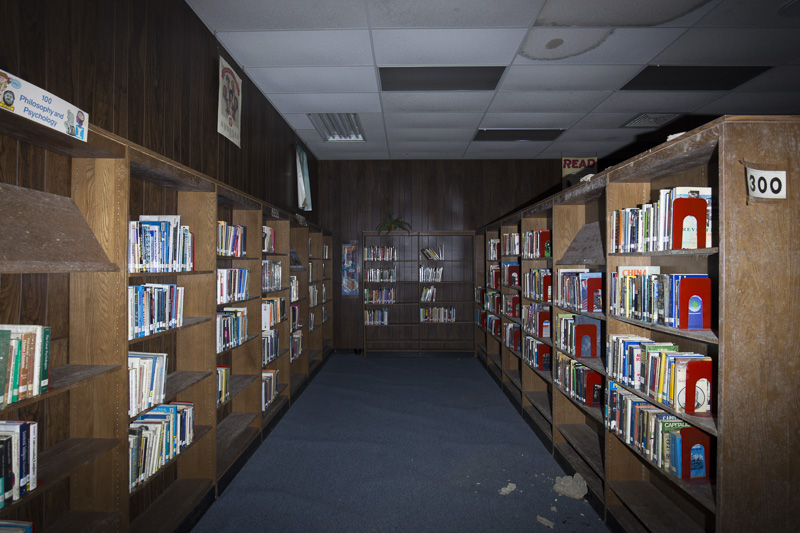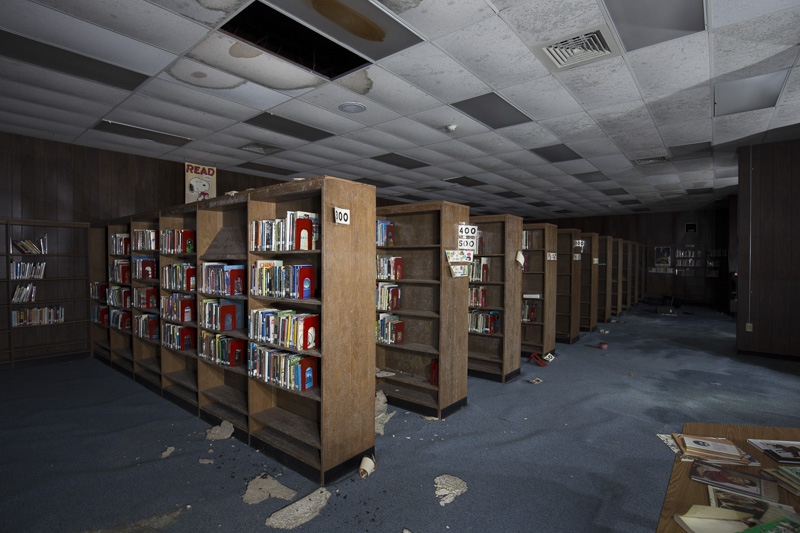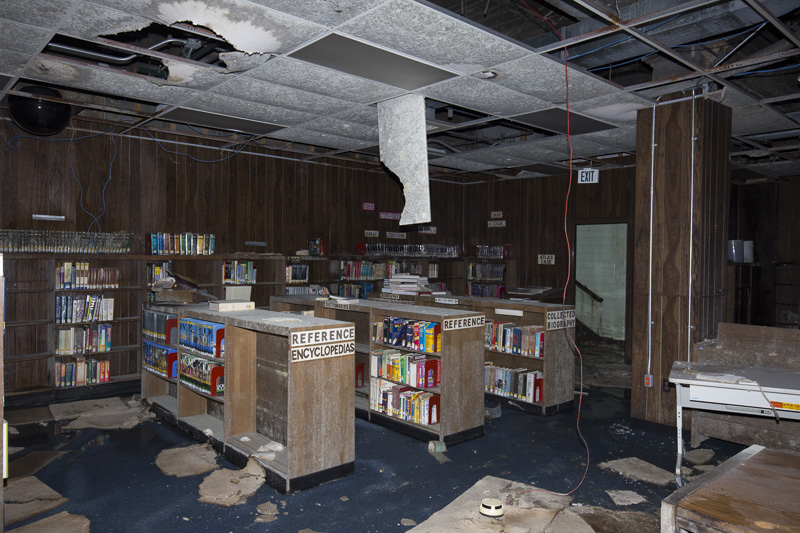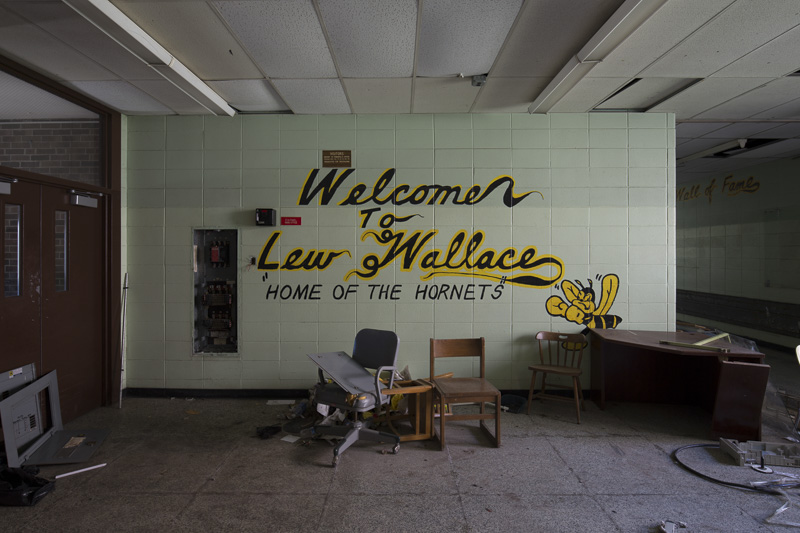Lew Wallace High School
The growth of Gary, Indiana in the early 1900's closely mirrors the growth of Detroit. In the early 1910's and 20's, Gary annexed several neighborhoods, including Glen Park on the south side of the city. In 1921, the 45th Avenue Grade School opened and was quickly over capacity. Portable classrooms were used until a second unit, the "west building" was built, which had an auditorium and gymnasium. The school name was changed in 1927 to Lew Wallace, a Union General in the civil war who had grown up in Indiana. Over just a few years enrollment went from around 500 students to over 1,200.
The main unit of the school was built in 1931 in between the east and west buildings. The west building became an academic wing, while the east building was used for industrial arts and vocational education. The gaps between the buildings were filled in by more additions in 1952, and the construction of the Richard Polk Gymnasium opened in 1972.
Like other major metropolitan high schools, Lew Wallace struggled with racial issues. In the 1960's, Gary's school district began bussing students to integrate the school district. The decision to bus 123 black students to Wallace led to protests by parents and students. After Muhammad Ali was booed by white students at an appearance he made at the school in February of 1975, racial tensions caused administrators to shut the school down for a day. At the time there were 2,400 students at the school, only 400 of which were black.
The cumulative loss of students and large budget deficit led Gary to close six schools, including Lew Wallace in June of 2014. Initially Wallace was to be reconfigured as a middle school, but the plan was scrapped due to the condition of the building.
After closing, a local church expressed interest in buying the school for $100,000 to convert it into a community center, but withdrew several months later after the school was looted during an auction of it's contents by the district. Police were reportedly called to the school during the auction, which devolved into a free-for-all as buyers removed desks, chairs, and scrap metal.





































